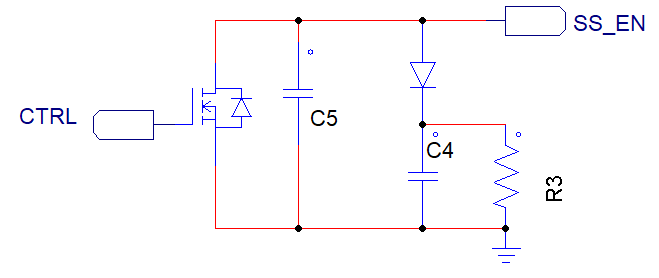Dear TI EXperts,
I am using UCC28950 for my charger. My specification is as follows.
Input voltage = 400V
Output voltage and current = 58.8V/17A(1000W)
CT Ratio= 100T.
I am working in Voltage mode control with DC blocking capacitor added. I have the following two problems
1. When I Connect RSUM=47K(Connected to VREF) my cycle by cycle current limit is not triggering even with CT shunt resistor = 82ohm,
2. When I Connect RSUM=12K(Connected to VREF) and CT shunt resistor = between 82 ohm to 22ohm cycle current limit is acting within 1kW
When I Connect RSUM=12K(Connected to VREF) and CT shunt resistor =22ohm The following events are happening
2.1 Converter is perfectly working upto 1000W with output voltage regulated to 60V
2. 2 From 1000W to 1200W it is in cycle by cycle current limit so that my output voltage is reducing from 60V to 56V
2.3 Converter is shutting OFF above 1200W
So i want to trip the converter just above 1000W, and i want to trip it fast. I dont want 200W( which comes around 20%) range of cycle by cycle current limit.
What i need to do for this?
Regards
Aneesh


